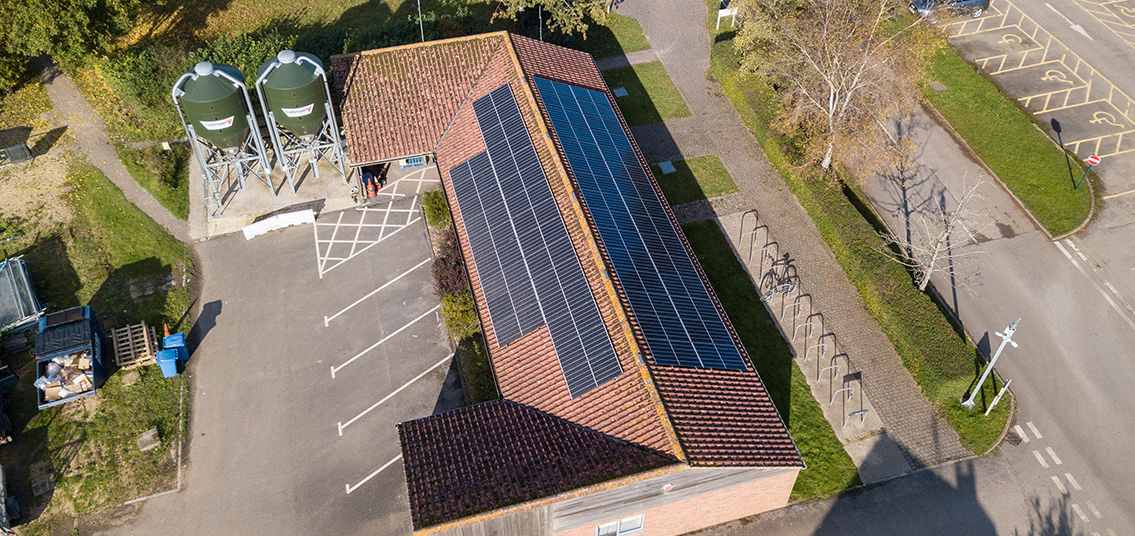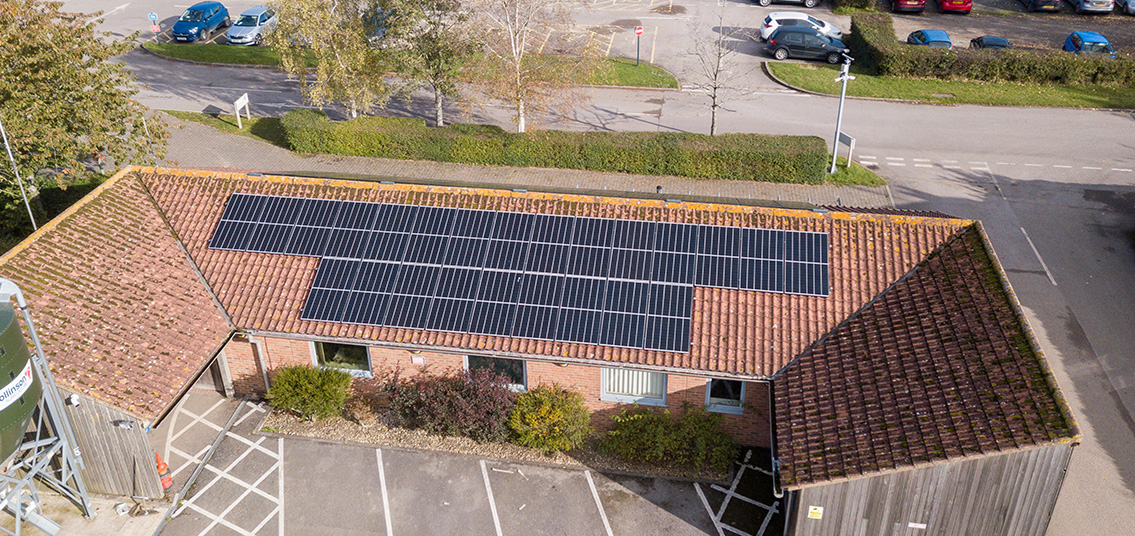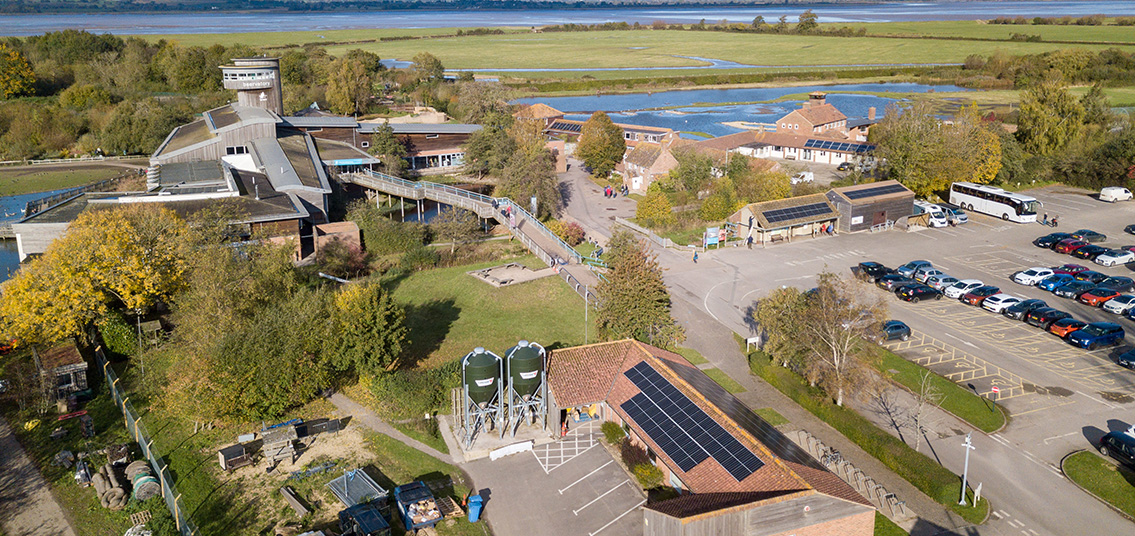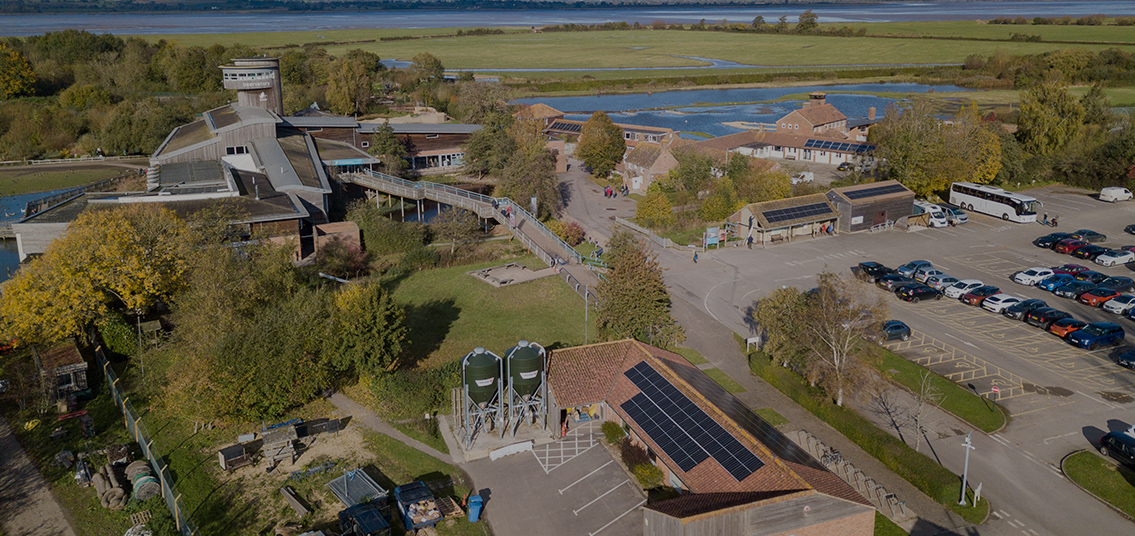
-
Client
Wildfowl and Wetlands Trust
-
Site
Slimbridge
-
Technology
Solar PV panels
-
System size
33.15 kWp
-
Annual Output
25,584 kWh
-
Annual CO2 savings
7.92 tonnes
-
Payback year
7
-
25-year savings
£152,020
Client
Wildfowl & Wetlands Trust is the UK’s leading wetland conservation charity. The charity was founded in 1946 and converted to a charitable company limited by guarantee, registered in England and Wales in 1993.
WWT’s vision is for a world where healthy wetland nature thrives and enriches lives, and they’re committed to make that a reality. Ten wetland sites located in the UK are managed and designed to bring people closer to nature and provide homes for wildlife. Further afield they protect, restore and create wetlands in the UK and around the world, help declining species make a comeback and engage young people with nature.
Solarsense has worked with wetland conservation charity WWT to install solar panels at a number of their sites as part of the charity’s work to minimise its contribution to climate change and achieve its Net Zero ambitions.
Climate change is one of the biggest threats to wetlands and wetland species. At the same time, wetlands are vital in tackling climate change: despite only covering around 6% of the world’s surface, wetlands store between 20-30% of the world’s soil-based carbon.
Clean Energy System
Solarsense has installed solar panel systems at three WWT sites: the charity’s headquarters in Slimbridge, Gloucestershire; the London Wetland Centre; and the Llanelli Wetland Centre in South Wales. These new installations total 321 solar panels (115 kWp) across the three sites, producing around 100,000 kWh of renewable energy per year. Generating on-site solar power reduces WWT’s carbon emissions by over 30 tonnes a year as well as saving thousands in electricity costs.
The system at the London Wetlands Centre (installed when the feed-in tariff was still available) has paid for itself in just three and a half years – substantially less than that originally predicted. Together with other energy efficiency and low carbon measures across their sites, including improved insulation and controls, LED lighting, heat pumps and the use of (waste wood pellet) biomass boilers, these measures help reduce carbon emissions and save the charity money.
Solarsense has been commissioned to deliver a number of further solar schemes for WWT, including a large installation at Martin Mere Wetland Centre in Lancashire later in 2022.
Services provided
- Detailed technical design (solar PV & EV charge points)
- Full supply, installation & commissioning
- Full handover including MCS registration and G99 grid connection
Client Quote
“With the climate crisis, we must reduce our carbon emissions as much as possible which is why we are aiming for Net Zero by 2030. Reducing consumption is our priority and generating our own energy including solar power is an important part of this. It has also helped us to minimise our energy costs (at a time of well documented price increases) so we can do more to protect wetlands and wetland wildlife.”
Lucy Smith, Head of Sustainability at the Wildfowl & Wetland Trust




